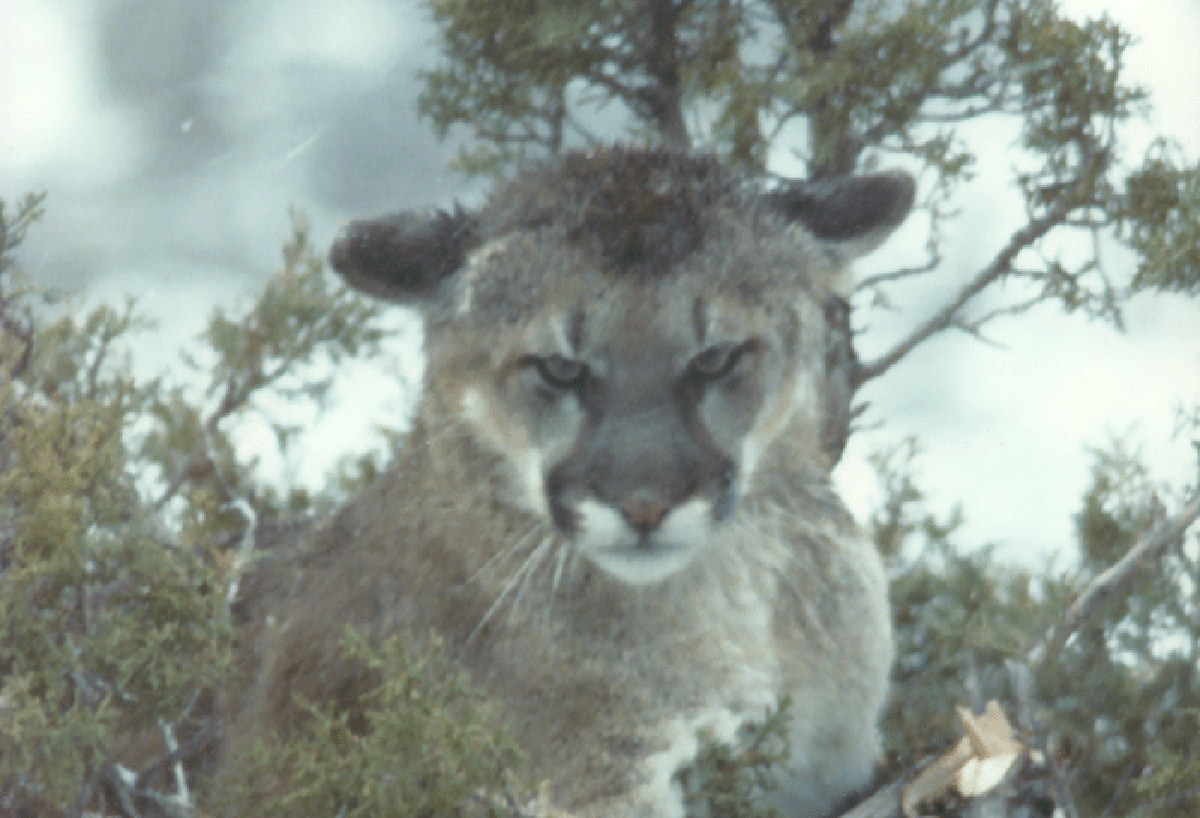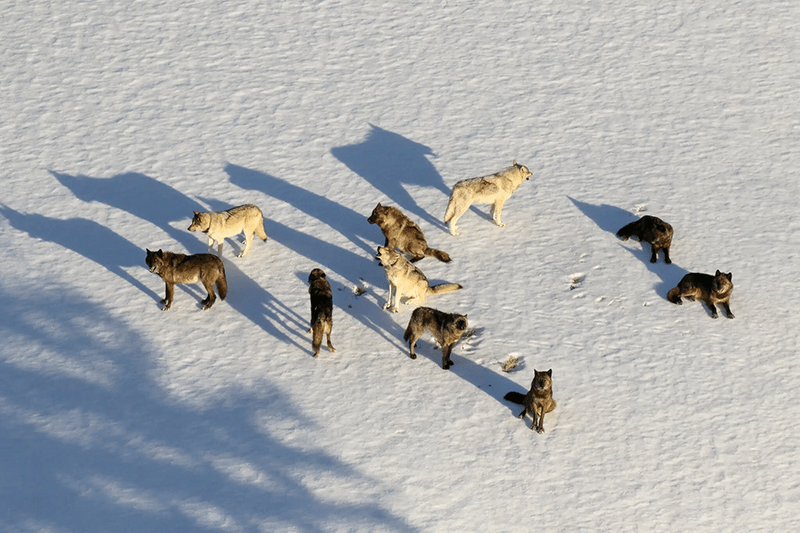The NYSDEC has started the process to update the State Wildlife Action Plan in 2025.
In 2002, Congress created the State Wildlife Grant program to provide funding for the preservation and management of fish and wildlife diversity. To be eligible for funding, states must develop a State Wildlife Action Plan (SWAP) that includes a list of Species of Greatest Conservation Need (SGCN), and identifies the habitats SGCN require, threats that must be addressed to ensure their conservation within the state, and recommend actions to address those threats. Each state’s SWAP must be updated every ten years.
The New York Comprehensive Wildlife Conservation Strategy was completed in 2005 and revised into the New York SWAP in 2015. The 2025 update to New York’s SWAP is currently underway. The first step in the SWAP update is preparation by the Department of Environmental Conservation (“DEC”) of a Species Status Assessment (“SSA”) for each species that is or may be imperiled in the State. PROTECT recently submitted comments on the draft SSAs prepared by DEC.
The draft SSAs cover a multitude of species, including birds, reptiles, amphibians, insects, mollusks, crustaceans, marine and freshwater fish, whales, dolphins, and mammals. PROTECT’s comments focused on four mammal species (Canada lynx, cougar, moose and wolf) and four bird species (American three-toed woodpecker, bay-breasted warbler, Bicknell’s thrush, and red-headed woodpecker) that are either present in low or declining numbers in the Adirondack Park or that formerly had breeding populations in the Adirondacks but are now rare.
PROTECT offered the following comments:
Canada lynx: PROTECT recommended that the draft SSA for this species acknowledge that recent studies confirmed that a breeding population of Canada lynx exists in Vermont. PROTECT noted that even though the draft acknowledges that there has been no effort to monitor the presence of Canada lynx in New York, it nevertheless concludes that the species is not present in the State. PROTECT pointed out that this is a dubious conclusion for two reasons: first, because Canada lynx are present in Vermont and make long distance exploratory movements outside their home range, it is possible that lynx from Vermont may extend their range into New York. In addition, the Canada lynx reintroduction program that occurred in 1989-1991 in the Adirondack Park released 83 animals, of which there were 72 known mortalities, leaving 11 released lynx unaccounted for. PROTECT therefore recommended that the SSA acknowledge the potential presence of Canada lynx in New York and that it include a commitment by DEC to ascertain whether lynx are present in New York, particularly in the Adirondack Park. Finally, because Canada lynx is included on New York’s list of endangered and threatened species, PROTECT commented that the species should also be included in the SGCN list.
Cougar: The draft SSA notes that the Adirondack Park provides the highest quality cougar habitat in New York and could potentially support between 150 and 350 cougars. The draft SSA further states that a study of the social acceptability of natural recolonization of cougars in the Adirondack Park found that approximately 70% of respondents were in favor of cougars recolonizing the Adirondacks. PROTECT recommended that, given the suitability of habitat and prey densities in the Adirondacks and public support for cougars recolonizing the Adirondacks, DEC should commit to undertaking a feasibility study for cougar reintroduction in the Adirondack Park. PROTECT also recommended that, because the species is included on New York’s list of endangered and threatened species, cougars should also be included in the SGCN list.
Moose: The draft SSA recommends that the Legislature grant DEC the authority to set a moose hunting season to use as a management tool in the event a parasitic epidemic affects the population. PROTECT urged that this recommendation be removed from the SSA because there are no data presented in the SSA (or elsewhere) indicating that parasites are a significant mortality factor for moose in New York and, in any event, there is no scientific evidence that hunting would be an effective means of controlling such parasites in the population. PROTECT also pointed out that the SSA provides no population data sufficient to alter DEC’s longstanding conclusion that the current moose population in New York is insufficient to support a hunting season.
Wolves: PROTECT noted that over the past few decades, wolves have periodically migrated into New York from Canada and the Great Lakes and that, due to the similarity in appearance between wolves and large eastern coyotes, migrating wolves have been and will continue to be killed by hunters and trappers in New York. Since wolves are protected as an endangered species under both federal and New York State law, PROTECT stated that the SSA should recommend that DEC institute a monitoring program to assess the presence of wolves in New York and to identify specific on-the-ground actions to prevent future wolf killings due to mistaken species identity.
The draft SSA states that DEC is currently seeking reports from trappers and hunters of large canids for evaluation and is in the process of developing protocols to assess reports of large canids that may be wolves. PROTECT noted that the SSA should provide more specific information about this DEC initiative. PROTECT also pointed out that the SSA should not classify wolves as “extirpated” in New York because of the documented presence of wild wolves migrating into the State and the lack of any systematic monitoring effort to ascertain the status of wolves in the State. PROTECT urged DEC to include a commitment in the SSA to undertake a wolf monitoring program and to prepare and make public a report on the status of wolves in New York based on the monitoring data gathered.
PROTECT recommended that the SSA include specific steps that DEC will take to educate hunters and trappers, including informing them of the legally protected status of wolves, the potential federal and state penalties for the illegal killing of wolves, how to differentiate wolves from Eastern coyotes in the field and, most important, a “when in doubt, leave them be” ethic to err on the side of not killing large wolf-like canids. PROTECT further urged that because past studies have identified the Adirondack Park as having suitable habitat and prey densities to support a wolf population, the SSA include a commitment by DEC to undertake a study to assess the feasibility of reintroducing wolves to the Adirondacks.
Finally, PROTECT recommended that because wolves are included on New York’s list of endangered and threatened species, they should also be included in the State’s SGCN list.
Birds: PROTECT recommended that in light of data showing the specialized habitat needs and declining population trends for the American three-toed woodpecker, bay-breasted warbler, Bicknell’s thrush and red-headed woodpecker, the SSAs for these species should recommend that they be added to New York’s list of endangered and threatened species.
The next opportunity for PROTECT to provide input will likely be during the summer of 2025, when DEC is slated to release the draft SWAP for public comment.







